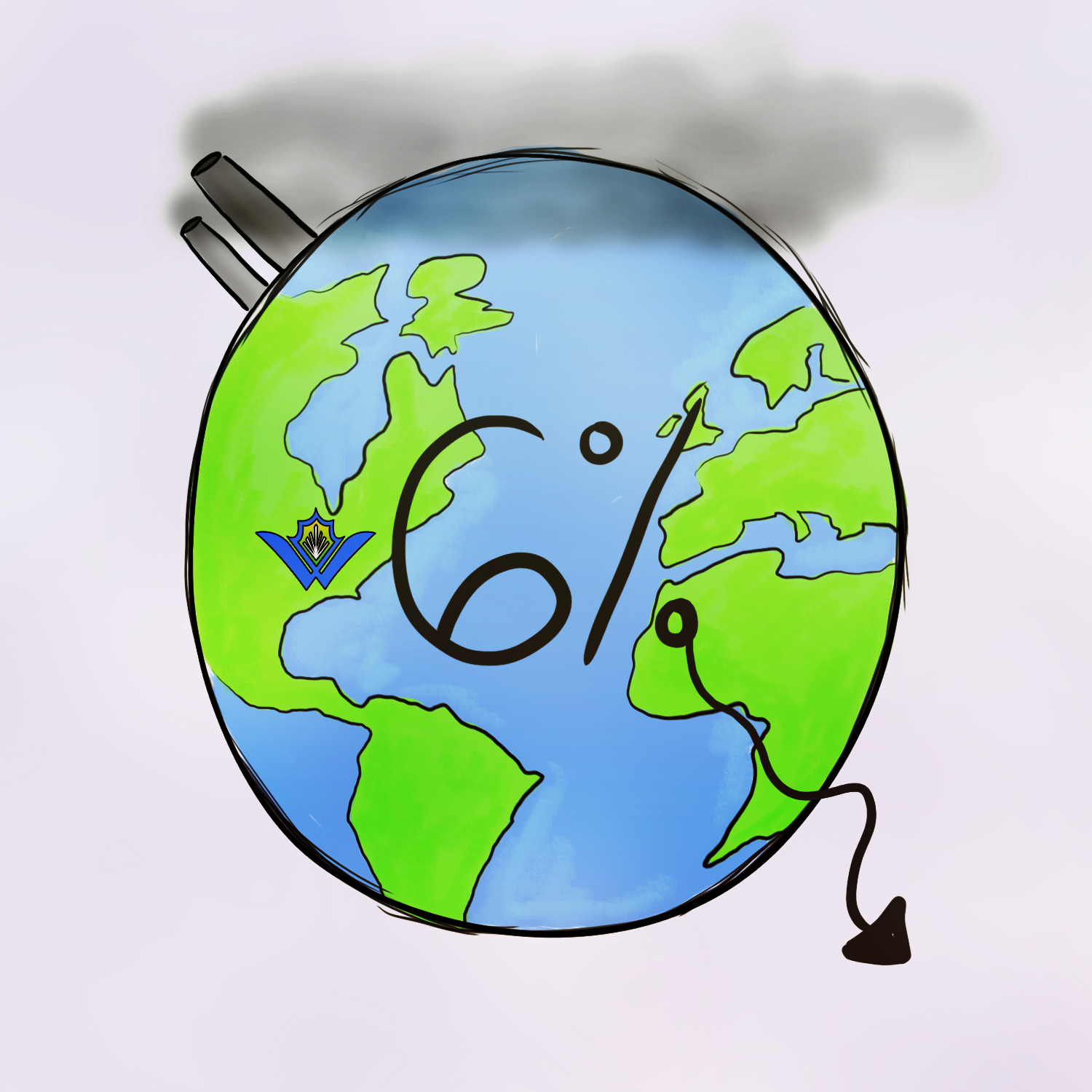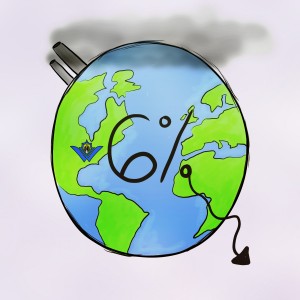Region’s goal to reduce greenhouse emissions is well on its way


Objectives of an action plan approved by Climate Action Waterloo Region (CAWR) are six years away from their end date — and the Region is showing support.
Waterloo Region council recommended endorsing an action plan from CAWR last fall, which calls for reducing Green House Gases (GHGs) in the region to six per cent below the 2010 levels by the year 2020.
The action plan is a collaborative effort between Sustainable Waterloo Region, REEP Green Solutions and the Region of Waterloo: ClimateActionWR.
“This project began in 2009 with the two local non-profits having the idea for a community wide climate action plan and greenhouse gas emissions reduction target” said Sarah Brown, the project manager for ClimateAction WR. She explained that this is just one of several operations being undertaken by Sustainable Waterloo Region.
Emphasis is also being placed on influencing the public to have more sustainable options and educating them on how to select those options.
The increase in rapid transit services is one such example.
“We’re already off to a good start with the regional transportation master plan,” Brown said. “It is the single largest set of policies that will contribute to emissions reducing activities between now and our target year 2020.”
She continued, “That’s where somebody may have previously not had the option to take transit.“Now all of the sudden they have that choice.”
Mary Jane Patterson, executive director of REEP Green Solutions, felt that a collective initiative between the organizations and with the Region would be far more productive than smaller, individual ones.
“We were happy to play a leadership role in bringing this plan about by partnering with Sustainable Waterloo Region and the Region of Waterloo,” she said. “The attraction there was to bring in the power of the non-profits to connect with the community” added Brown.
The program is also expected to bring forth numerous economic opportunities for the Region, namely new businesses, green startups and “social enterprise organizations.” who said that?
Patterson also emphasized communal benefits these initiatives can bring.
“[We’re] working together to create a more resilient, caring and sustainable community, and we think reducing our greenhouse gas emissions contributes enormously to that because of its primary goal and what you might call the co-benefits,” she said.
With provincial and federal programs also aiming to reduce emissions, some criticize that local initiatives may seem insignificant.
Responding to this, Brown continued, “the regional or community level ones are important because it covers a different scope of emission sources that aren’t necessarily governed under provincial or federal legislation.”
“It is also a really interesting way to build community support around these types of issues.”
Even though this is a regional plan, the average citizen can contribute to its success with ease, according to the involved organizations. Making more energy-efficient choices is one way people can get involved.
“Probably lighting is one of the single greatest electricity costs in our homes and replacing all the lights with more energy efficient bulbs can make a difference,” Patterson said.
“So look for those opportunities at home.”

